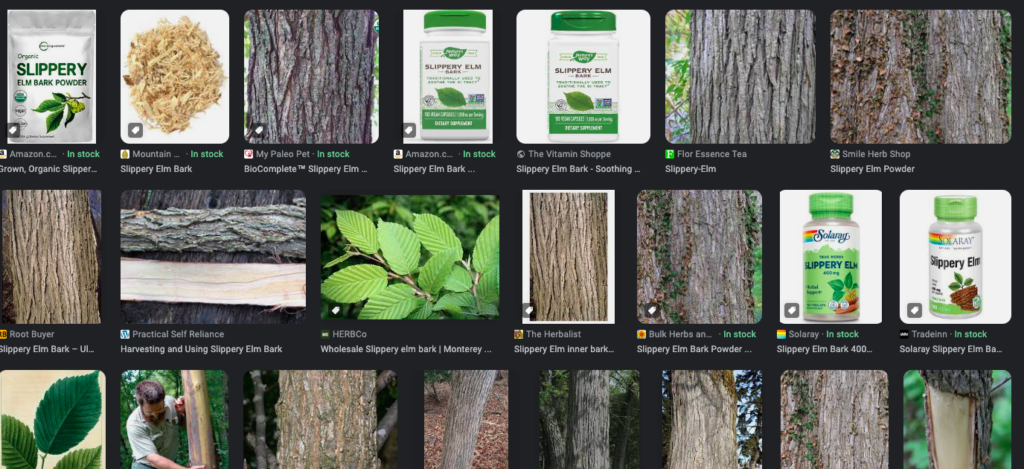The slippery elm tree is a deciduous tree that is common in the eastern part of the United States. It is also sometimes called moose elm or Indian elm. The tree is recognizable by its distinctive yellow-green bark, which peels off in strips and curls up at the edges. The bark can be used to make medicine, although it has not been well studied for medicinal purposes.
Slippery elm trees are a common sight in the northeastern states, but they actually belong to the same family of trees as magnolias. The name “slippery elm” comes from the tree’s ability to exude a sticky substance that helps protect it from insects and other pests, just like other members of its family. This tree is also sometimes called Indian Elm or Red Elm, names it shares with other members of the plant family Ulmaceae.
Slippery elm trees are majestic specimens that can be found across North America, though they’re more prevalent in the eastern U.S. Here are a few facts about this beautiful tree:
1.) Slippery elm trees love swamps
2.) The bark is what you want to harvest for medicinal use
3.) You can easily harvest the bark by peeling off layers of it with your hands
4.) Native Americans used it as a natural remedy for digestive problems
Slippery elm is a tree found in the eastern states, and not only does it have a cool name—it’s actually got some pretty awesome properties. If you’ve ever had allergies, you may be familiar with slippery elm as a remedy to help with sore and irritated throat and lungs. Slippery elm is one of the most easily digested forms of fiber, making it an excellent choice for soothing stomachs and bowels. It’s also used for treating diarrhea, coughs, vaginal infections, and injuries to the mouth and throat.
Slippery elm is a tree that grows in the eastern parts of the United States. Native American Indians would use the bark of this tree for medicinal purposes, including for healing wounds, stomachaches, and inflammation. Slippery elm contains mucilage, which helps soothe your digestive tract and protect your throat from irritation. It’s also naturally anti-fungal and anti-viral, which means it can help your body fight off infections.
Slippery elm bark is a medicinal herb that has been used for centuries to treat everything from sore throats to gastrointestinal problems. It’s a natural source of hydroxymethyl-chondroitin sulfate (HC), which is also found in human cartilage. In one study, researchers were able to determine that the benefits of using slippery elm for arthritis were comparable to those provided by aspirin. Aside from taking slippery elm internally, research has shown that it can be used topically for acne, psoriasis and skin irritations. People with HIV or AIDS have also found relief from oral thrush by using a solution made from slippery elm bark.
Slippery elm bark is a popular herbal remedy that can be used for treating a wide range of ailments. It can be found in capsule, powder, and tea form. Slippery elm bark is taken internally to treat indigestion, sore throats, coughs, and stomach ulcers. It is also applied topically to treat skin ulcers.

